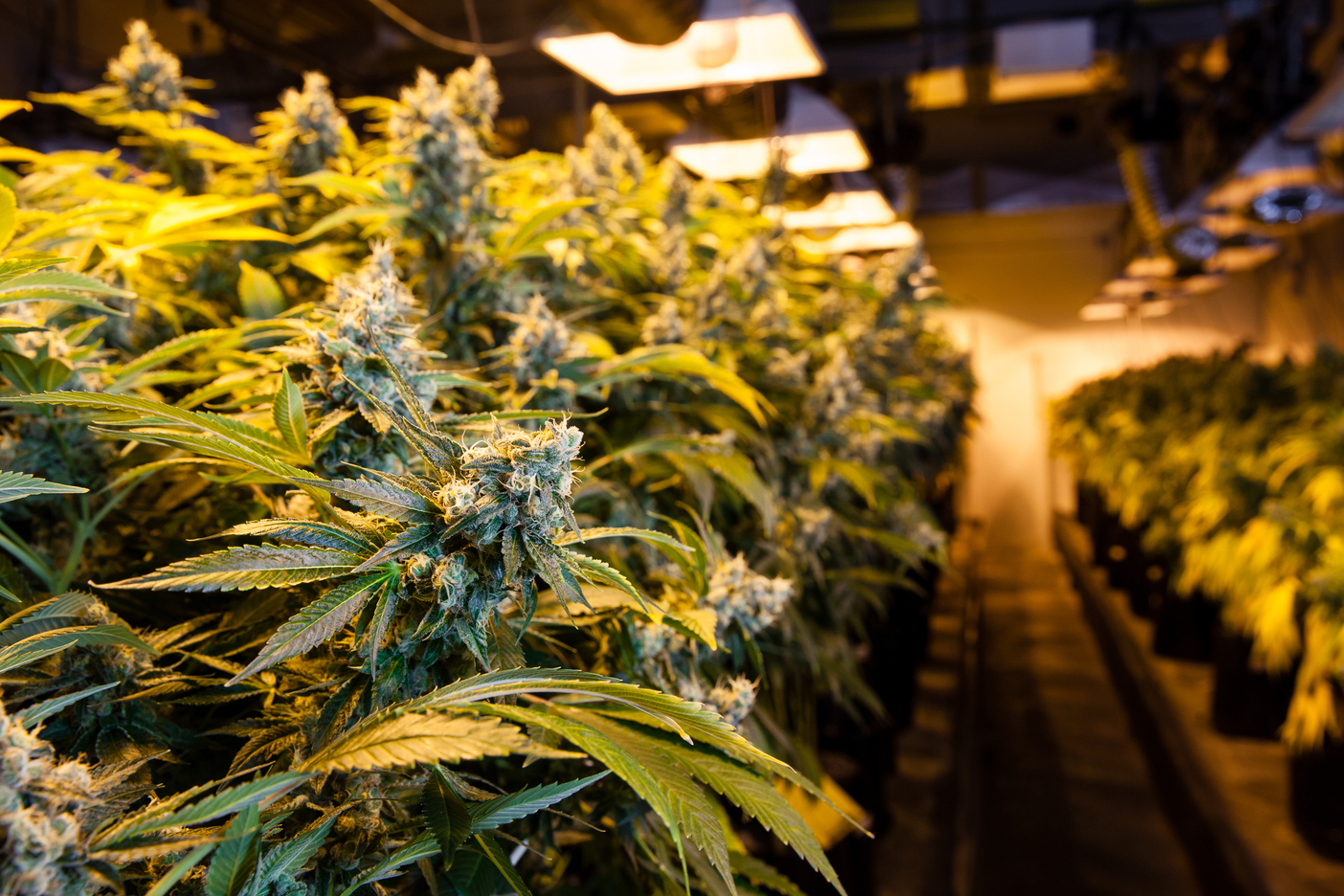Before, growers are hell-bent on making sure that their crops will live through traditional soil planting methods. The plant takers cannot make a plant thrive without soil and other necessities. But, not today where cultivators can now grow a plant through air and water.
The modernization of agricultural biotechnology paved the way for innovators to test out the various mode of planting. As of the moment, we have hydroponics and aeroponics. Hydroponics and aquaponics usually use water, which is quite an understandable cultivation platform since crops need water to live. But, aeroponic is a bit tricky.
To come and think of it, aeroponic is less-hassling because you won’t need soil and water to mess up with, and you certainly won’t need to clean as much. However, the complexity of the said technique is a massive struggle for those who wish to have one because how will you cultivate a plant by air?
The Concept of Aeroponics in Farming Business
By definition, aeroponic is relying on a non-traditional way of planting crops. Meaning, the environment will not need soil and much water to survive. The aeroponic system comprises of suspended plants in a half-closed environment. They need to be sealed away due to the possibility of pests and other diseases to attack. However, fully-sealed domains are yet to come, so growers will have to be extra-vigilant.
Some parts will dangle through suspended plants and can live by spraying it with nutritious water solutions. Other features of the plant like fruits, leaves, buds in the case of weed plants, etc., are detached, but not wholly, from the plant’s roots through a material they call as “plant supporting structure.” The mentioned material includes a foam barrier around the lower branch or stem.
The exposed and dangling roots are prone to exposure so much that a hydroponic system often joins aeroponic if the root chamber acquires contamination. Though hydroponic isn’t necessary, it’s a great backup plan to rescue the plants’ dying roots.
How to Build Cannabis Aeroponic in Farming Business?
Building Aeroponic systems in a farming business industry that focuses on outcome rather than the process would be challenging to select. Though the non-availability of soil and water in cultivation started back in the days, the technique is still foreign almost to everyone. Nevertheless, if you would like to know how to have an economic-based and eco-friendly mode of cultivation, here are ways to build an aeroponic setup.
For the necessary equipment, you should have the following that will complete the system:
- Bed of Plants – As the name suggests, this is where your marijuana plants will reside. The most advisable plant bed should comprise drainage, misting, and supporting and separating system for the roots and other parts of the plant.
- Water Tank/Reservoir – The water tank should not be full since it will eliminate the aeroponic system’s essence. This reservoir will store supplies of water that includes a nutrient solution for the plants to live.
- Air Pump – The air pump will be the bridge between the water tank and the plant’s bed for a spontaneous exchange of water. But, in order to make it happen, make sure that you will grow the marijuana seed in a non-soil medium like Rockwool.
After gathering the necessities, you may now proceed to the steps and procedures.
- The stalk’s base part should have a collar around it, so it would prevent the building mist from evaporating the branch. Also, collars are usually deemed protection for the roots to get damaged or infected quickly.
- Upon going through different phases, the roots that will grow out of the non-soil medium should be swift in time. At the same time, the plants should extend away from the plant’s bed in a vertical manner.
- During the plant’s existence, a constant application of nutrient solution in the water is highly recommended. The water should cover the root well, and any waste should go back to the reservoir to preserve water.
- The continuous period of the air’s roots will need proper misting, so the nutrients and water will combine well with external forces like carbon dioxide, oxygen, and sunlight. Ensuring that the two elements will combine well will help your plant face prosperity.
Though you can still perform experimentation about the aeroponic system, the standard rules and equipment should fit you as a beginner. However, those already in a high level of expertise tend to have an advanced aeroponic setups mode like the plant enterprise in Canada that uses sensors and other technological advances.
Aeroponics can Transform the Cannabis Industry
You don’t have to be an environmentalist or environmental activist to see that the traditional model of growing cannabis plants increases carbon footprints simply because it isn’t sustainable. With the presence of the aeroponic system, weed-growers won’t have to be excessive in using water. Also, economically-speaking, aeroponic is excellent for economics since space it will take will not expand further yet will remain abundant in yield.
Most included businesses in the Cannabis Industry are incorporating product development that ensures innovatively-efficient techniques that will serve popularity and surge costly in the future. Despite being an expensive setup, the aeroponic system might be an excellent investment in the long run.
- One example of new integrated systems is a particular growing system in Canada. Unlike regular cultivating companies, they are more inclined on a remote arrangement that involves aeroponics. Various sensors are existing in the setup with controllers and monitors. This scheme allows growers to grow in their homes’ comfort and not risking themselves for toxic exposure.
- Additionally, one company in the United States claim that their flower production grows in aeroponic systems that use a minimal amount of water and nutrients with no presence of soil, pesticides, and other chemicals that degrades the environment. The enterprise’s move towards eco-friendly ways is appreciated more by people who lean on preserving nature.
Harmful plant performances won’t be visible as of now, but it will be in a few years. Perhaps, if all cultivators would pay attention to their surroundings’ status, they would know how crucial it is to be on Mother earth’s side rather than meet natural disasters. In the end, it would be a win-win situation for better living and improving resourceful practices.

